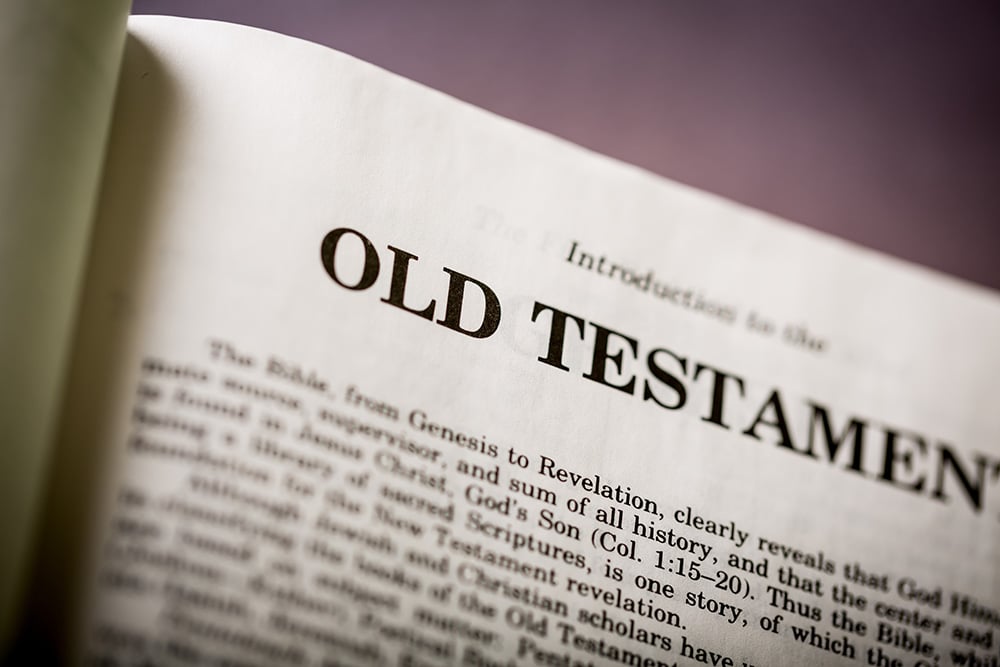
— Howard Butler, Washington, D.C.
Answer: There is indeed a lot of mystery surrounding these objects. Most Bible scholars today think they were two polished stones — one made of onyx, the other of a lighter-colored stone. Some think they were more in the form of sticks with writing on them. They were used to give an affirmative or negative response to an “inquiry of God.” They seem to have been stored in a pouch behind the high priest’s breastplate. Some translate the words urim and thummim to mean “curse” and “blessing,” others as simply “dark” and “light,” although the most literal translation is “light” and “perfections.”
Onyx and other forms of quartz can reflect light in different ways. Hence, some speculate that the stones changed color to reveal their messages, “bright and clear when all was well, cloudy or dull when there was a negative response to the question.” And, since there is no proof that there were only two items, some rabbis believe that the urim and thummim were a series of stones with Hebraic characters on them by which the Lord could spell out a message for the high priest.
The point is that the priest could use the urim and thummim to determine God’s will in a particular situation. Casting the stones or drawing one randomly could give a yes or no answer to a specific question. If Israel was preparing for battle, they would somehow shake or toss the urim and thummim and look for the outcome based on color or position. If they turned up one way the Israelites would not go to battle; and if they turned up another way, they would proceed into battle with the knowledge that they were abiding by the will of God. Other more fanciful explanations have been put forward, including that the items may have glowed, or that they had secret codes engraved on them, or that they were ancient artifacts with magical powers.
This seems to be the one form of divination that God allowed in the Old Testament. In Exodus 28, the Lord tells Moses: “Whenever Aaron enters the sanctuary, he will thus bear the names of the sons of Israel on the breastpiece of decision over his heart as a constant reminder before the Lord. In this breastpiece of decision you shall put the Urim and Thummim, that they may be over Aaron’s heart whenever he enters the presence of the Lord. Thus he shall always bear the decisions for the Israelites over his heart in the presence of the Lord” (Ex 28:29-30).
Much is made of the urim and thummim by modern mystics and psychics who want to rediscover their power to discern the divine mind and perhaps to justify their practices of divination. However, it should be noted that 1 Samuel 28:6 says that a definite answer was not always obtainable, so it may not have been as simple as tossing two stones on the ground. Moses never used them; they were given for the high priest in aiding those who could not find God’s guidance any other way.
The Old Testament seems to indicate that the urim and thummim faded from use during the early days of Israel’s monarchy and are only referred to once after the Babylonian captivity
when Ezra used this device to determine the ancestry of the priests who returned from the exile (cf. Ez 2:63). After this, the Bible never mentions the urim and thummim again. The office of prophet in ancient Israel may have largely replaced the use of them.
There is a possible parallel to the urim and thummim when, in Acts 1:26, the apostles cast lots to determine if Justus or Matthias should replace Judas. The text says that the “lot fell to Matthias.” The words “cast” and “fell” suggest a kind of throwing of sticks or stones to determine God’s ultimate will. Is this a vestige of the ancient urim and thummim? It is hard to say.
Some object to these admittedly biblical practices as a form of divination forbidden by the First Commandment. It is, to be clear, an ambiguous practice that largely fell away. Its morality is hard to assess given the murky quality of our understanding of these mysterious practices. It is likely best for us to leave these mysteries and methods to the past.
Msgr. Charles Pope is the pastor of Holy Comforter-St. Cyprian in Washington, D.C., and writes for the Archdiocese of Washington, D.C. at blog.adw.org. Send questions to msgrpope@osv.com.





